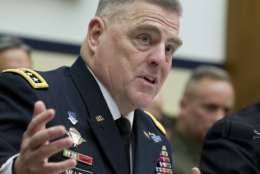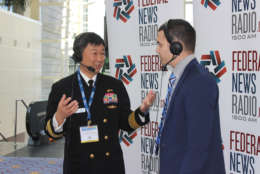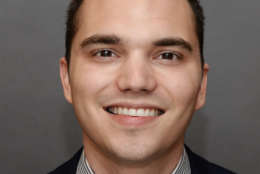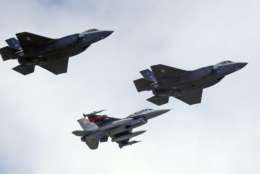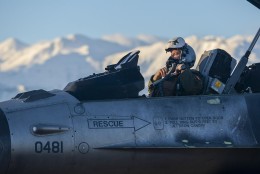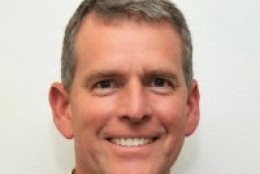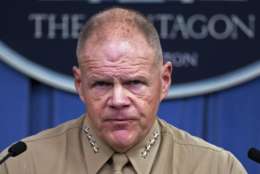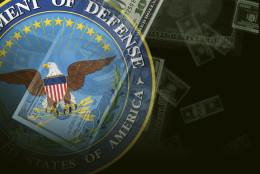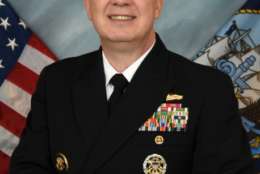Navy
-
The top military leaders of each branch say the cumulative effect of years of continuing resolutions is taking its toll. But what makes 2017 so much worse than all the other years?
April 05, 2017 -
The Navy is supporting its sailors and industry with logistics. At the annual Sea Air Space Symposium, Federal Drive with Tom Temin speaks to Rear Adm. Jon Yuen, commander of the Naval Supply Systems Command, about how the service just set up its P-8 Logistics Cell or LOGCELL this year.
April 05, 2017 -
The Navy needs 2,000 civilians to deal with its ship maintenance backlog and even more if the fleet size increases.
April 03, 2017 -
The Strategic Capabilities Office is one of the most lauded organizations in the Defense Department. And its leader says his office doesn’t have to worry about acquisition requirements like the rest of the Pentagon establishment.
April 03, 2017 -
When the hiring freeze started there were about 8,500 vacancies across the Air Force and the service was taking on about 1,300 each month.
March 28, 2017 -
The Navy is in the midst of a revamp of its Innovation Cell, the project it launched two years ago with the objective of speeding new technology through the acquisition process in under a year while living completely within the government’s existing acquisition policies.
March 28, 2017 -
The Air Force alone is dealing with a shortage of more than 600 pilots. The service is having trouble competing with airlines that can pay pilots more.
March 27, 2017 -
Todd Harrison, director of defense budget analysis at the Center for Strategic and International Studies, discusses what a 10 percent increase in defense funding would actually buy.
March 27, 2017 -
Beyond arguing for a larger fleet, authors of the Center for Strategic and Budgetary Assessments report on the potential boost of defense funding, say the Navy needs to be re-structured to meet likely future threats. Bryan Clark, a senior fellow at the center, joined Federal Drive with Tom Temin to discuss what that re-imagined fleet would look like.
March 22, 2017 -
Only one military leader was aware of a new investigation into Tumblr blogs by the military.
March 21, 2017 -
Trump's 2017 supplemental budget goes over the legal budget caps.
March 16, 2017 -
When the Navy raised up the sunken Civil War Confederate submarine Hunley back in 2000, it put a spotlight on the Naval History and Heritage Command. That was back in 2000. Principal Investigator Robert Neyland provides Federal Drive with Tom Temin with an update on the Hunley and the command.
March 16, 2017 -
The Navy is implementing its leadership framework, just as the Marine Corps photo scandal is getting bigger.
March 14, 2017 -
Top military service officials President Trump's federal hiring freeze is causing problems for those in the military.
March 08, 2017 -
Military planners often look out three or five or 10 years in advance to predict requirements. Now a new institute at the Naval War College is looking at the long-range warfare needs of the U.S. Rear Adm. Jeffrey Harley, president of the Naval War College, fills in Federal Drive with Tom Temin on the Institute for Future Warfare studies.
March 06, 2017

